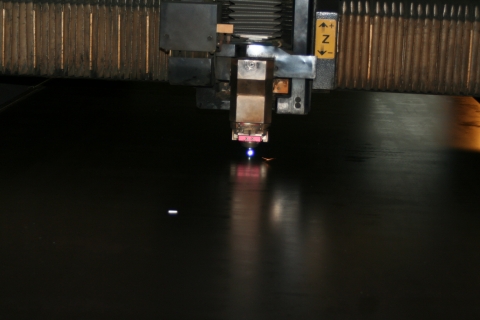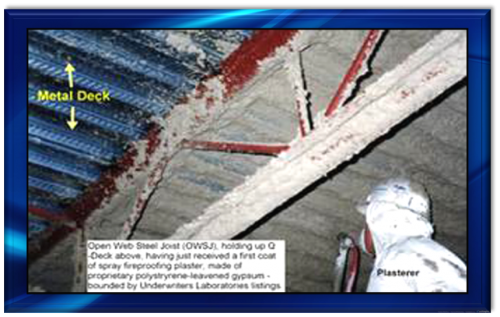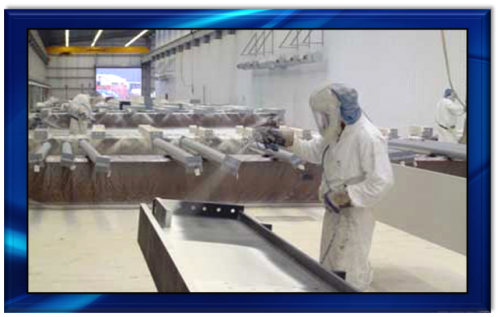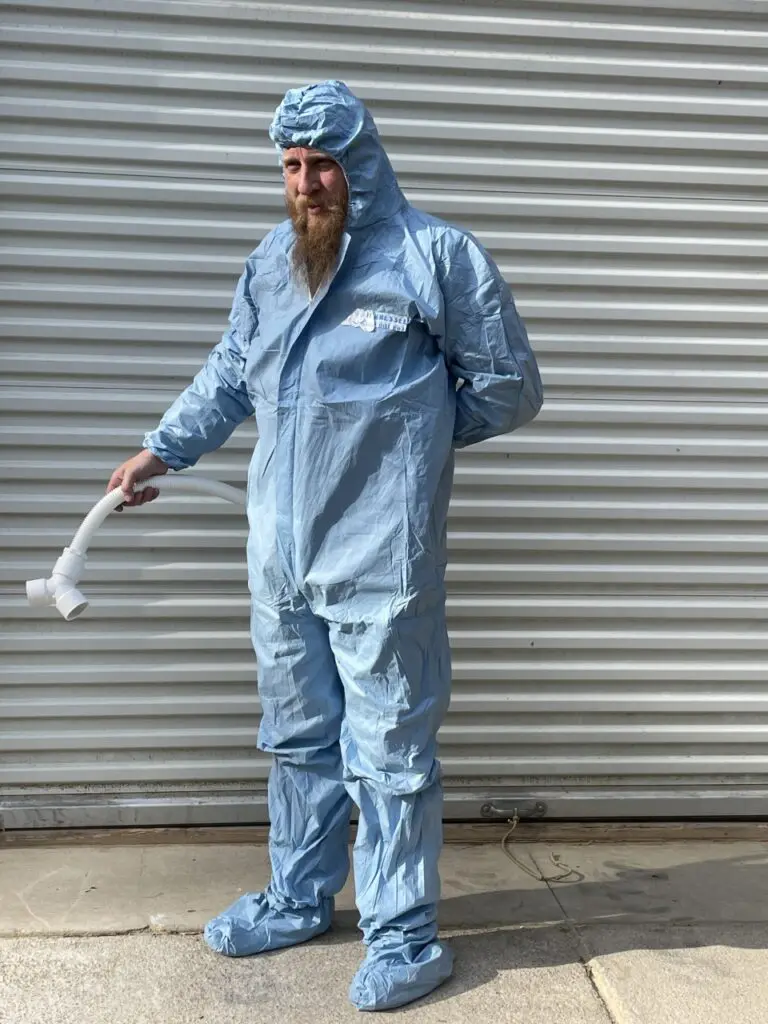
Heat Can Be Your #1 Enemy!

NOW WITH COOL BREEZE SUIT AND DUAL AIRLINE -TO KEEP YOUR BODY AS COOL AS YOUR HEAD!

The CB8000 Improves the worker’s safety and comfort, reducing their frequency and duration of breaks on the job.
The Tennessee Chill Box is Made in the USA and can be shipped anywhere throughout the USA, Hawaii, Canada, Mexico, and internationally.
Shop Now
Please read article below...
Published Sept. 21, 2021
Jennifer Goodman Lead Editor
Dive Brief;
- The White House announced yesterday that OSHA plans to create a federal standard to help prevent a growing and largely under-reported hazard on construction sites: heat-related illness.
- The advance notice of proposed rulemaking, set to be released next month, is the first step in the process for developing a workplace heat standard. It will initiate a comment period allowing OSHA to gather diverse perspectives and technical expertise on topics including heat stress thresholds, heat acclimatization planning, exposure monitoring and strategies to protect workers.
- Thousands of workers are sickened each year by workplace heat exposure.
Extreme heat kills more Americans than any other climate-related hazard, and workers’ rights groups and public health officials have long pushed for a federal worker safety rule, according to Politico.
Labor Secretary Marty Walsh said in the release that increasingly hot outdoor temperatures from climate change are adding to the issue.
"Amid changing climate, the growing frequency and intensity of extreme heat events is increasing the dangers workers face, especially for workers of color who disproportionately work in essential jobs in tough conditions," he said.
Hot weather safety can be a challenge in traditionally cooler areas like the Pacific Northwest, Cameron Samuel, assistant safety director at Western Specialty Contractors, told Construction Dive.
"It is more difficult to protect workers in regions not used to extreme heat spikes, especially when they occur early in the summer season," he said. Especially early in the summer, crews are not used to the heat, which means their tolerance is low and they are more susceptible to heat illness.
Other steps
OSHA is also implementing an enforcement initiative on heat-related hazards and developing a National Emphasis Program on heat inspections. .
The OSHA initiative applies to indoor and outdoor worksites in general industry, construction, agriculture and maritime where potential heat-related hazards exist. On days when a recognized heat temperature can result in increased risks of heat-related illnesses, OSHA will increase enforcement efforts.
Employers are encouraged to implement intervention methods.
OSHA will also be advised to expand the scope of inspections to address heat-related hazards where worksite conditions or other evidence indicates these hazards may be present.
OSHA Developing Standards for Hot Working Conditions
Excessively hot weather is responsible for killing more Americans than any other weather conditions, and the health and safety organizations think that the number is much higher than reported. Hot weather is becoming more extreme; therefore, workers and their employers are facing increasing challenges to remedy workplace health and safety issues. The real danger comes from workers facing hotter weather than they are used to. There is not enough time for them to acclimate to the heat slowly. This means that their tolerance for working in the heat is low, so they are more likely to succumb to heat-related illnesses.

What is OSHA’s Plan?
The OSAH heat-related initiative will entail implementing an enforcement of worker “temperature safety” ranges as well as heat inspections in the workplace. It is also developing an educational program to bring about more awareness of heat injury and illness. This will culminate into a Best Practices standard to protect all workers. Inspections will occur when the heat index is above 80 degrees F. The initiative applies to both indoor and outdoor workers.
What is Causing Extreme Heat Conditions?
Climate change is the main cause of extreme heat conditions. Across the country, people are dealing with more extreme weather, most of which they are unaccustomed to. This means that they are often ill prepared to deal with these extreme weather changes. We are seeing more flooding, hurricanes, heavy rains, drought, extreme cold and hotter weather in areas that didn’t used to experience such extremes. According to weather experts, these extreme conditions are predicted to become worse over time. Therefore, climate change has become a worker safety concern.
How Have Some State Dealt with Extreme Weather Conditions?
Some states on the West Coast have implemented a Heat Illness Prevention Program, some of which was initiated in 2021. Oregon, for example, has requirements for employers to have designated shade areas, maintain available fresh drinking water, and make sure that employees are educated about heat-related illnesses and how to deal with them.
What Can be Done to Ensure Worker Safety?
Workers that spend their workdays on roof tops, in attics, crawl spaces, and in other confined and uninsulated spaces are finding it more challenging than ever before to get the job done. Time is money in most industries. Instead of slowing down the work, some companies have opted to provide their workers with an air-conditioned respirator and/or and air-conditioned suit. The Tennessee Chill Box has long been a resource for combatting extreme heat conditions. Workers who use air-conditioned protective equipment can stay alert, have no risk of heat-related illness, and can work just as long on the job as if they normally would.
For more information on the Tennessee Chill Box air-conditioned protective equipment, contact them at:
CONTRACTOR OF THE YEAR WINNERS
2020

Matt Mader
2021

Jennifer Edwards
2022

2022 Runner Up Winner For Spray Foam Magazine And The Winner Of The Tennessee Chill Box System
2023

2023 Runner Up Winner for Spray Foam Magazine and The Winner of The Tennessee Chill Box System
PROVIDING THE RESPIRATOR INDUSTRY SINCE 2005…
Our Year-Round Fresh Air/Air-Conditioned Respirator Supply Systems meet or exceed CFM requirements that are required by Industry Standards.
When the question is safety and comfort, the CB8000 is your answer! The CB8000 is not only for the HOT summer months but also provides continuous Year-Round Fresh Air for industry users!

CHECK OUT OUR PODCAST
FABRICATION




















